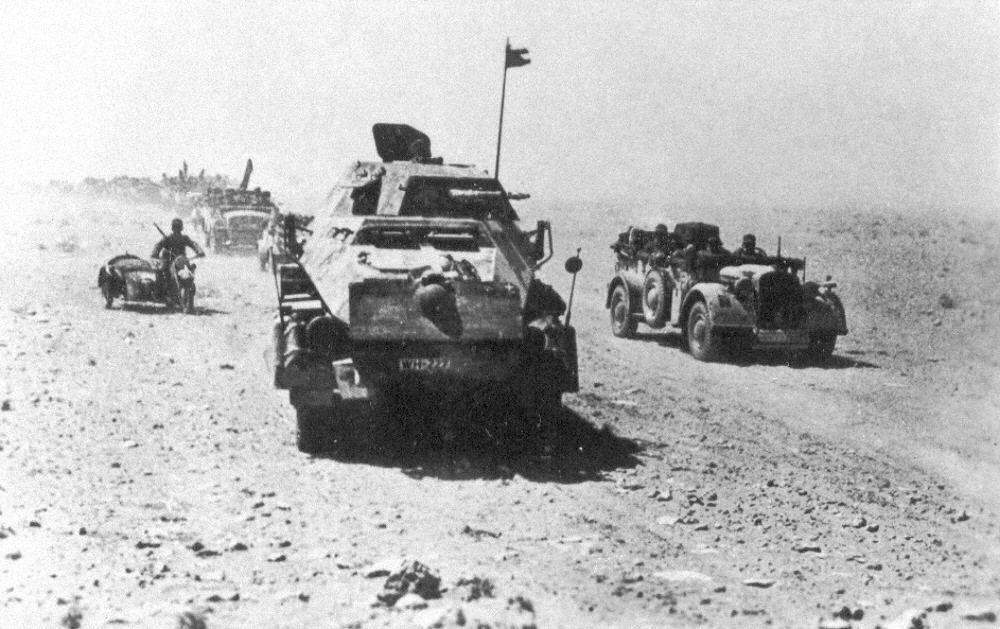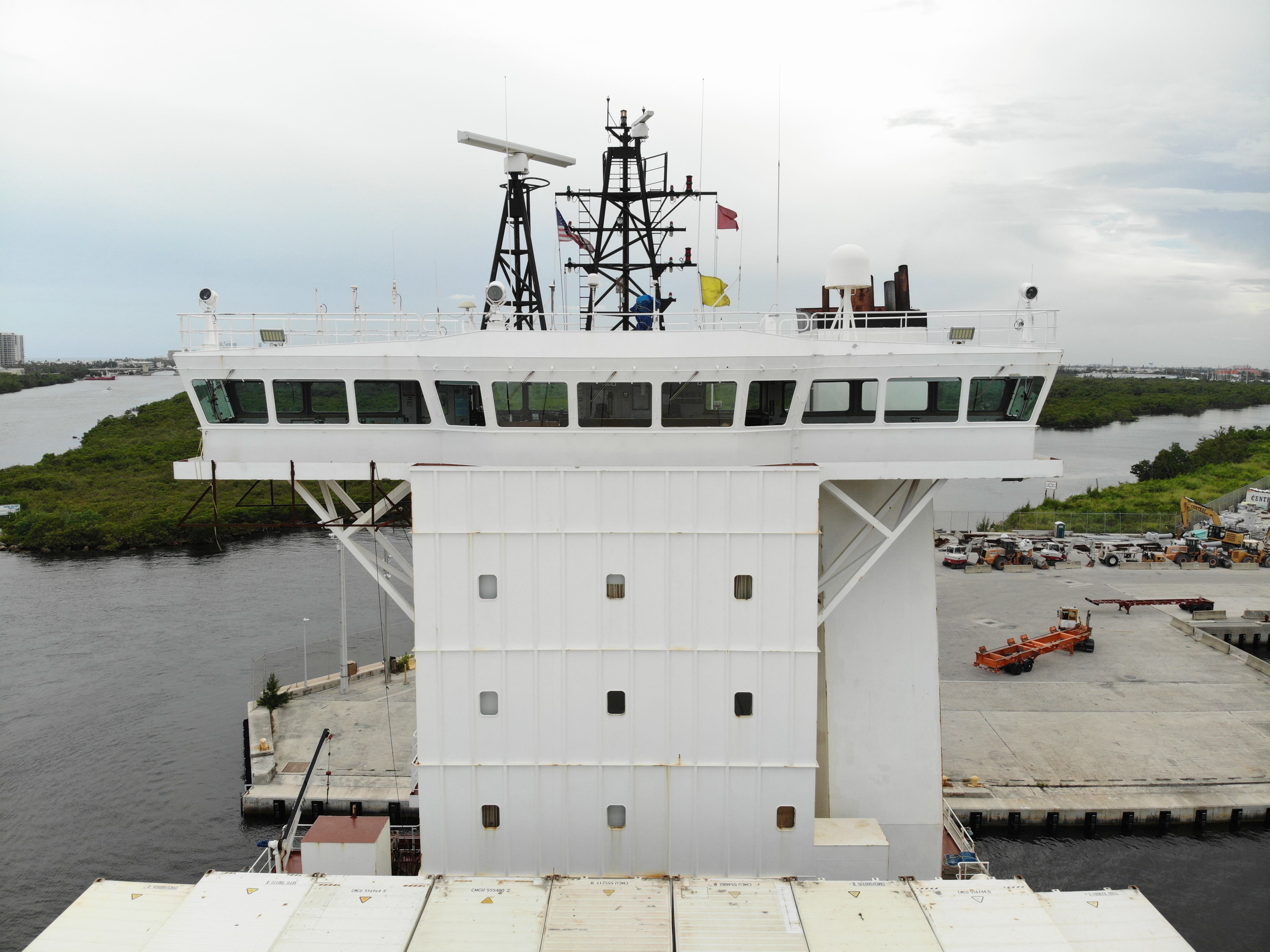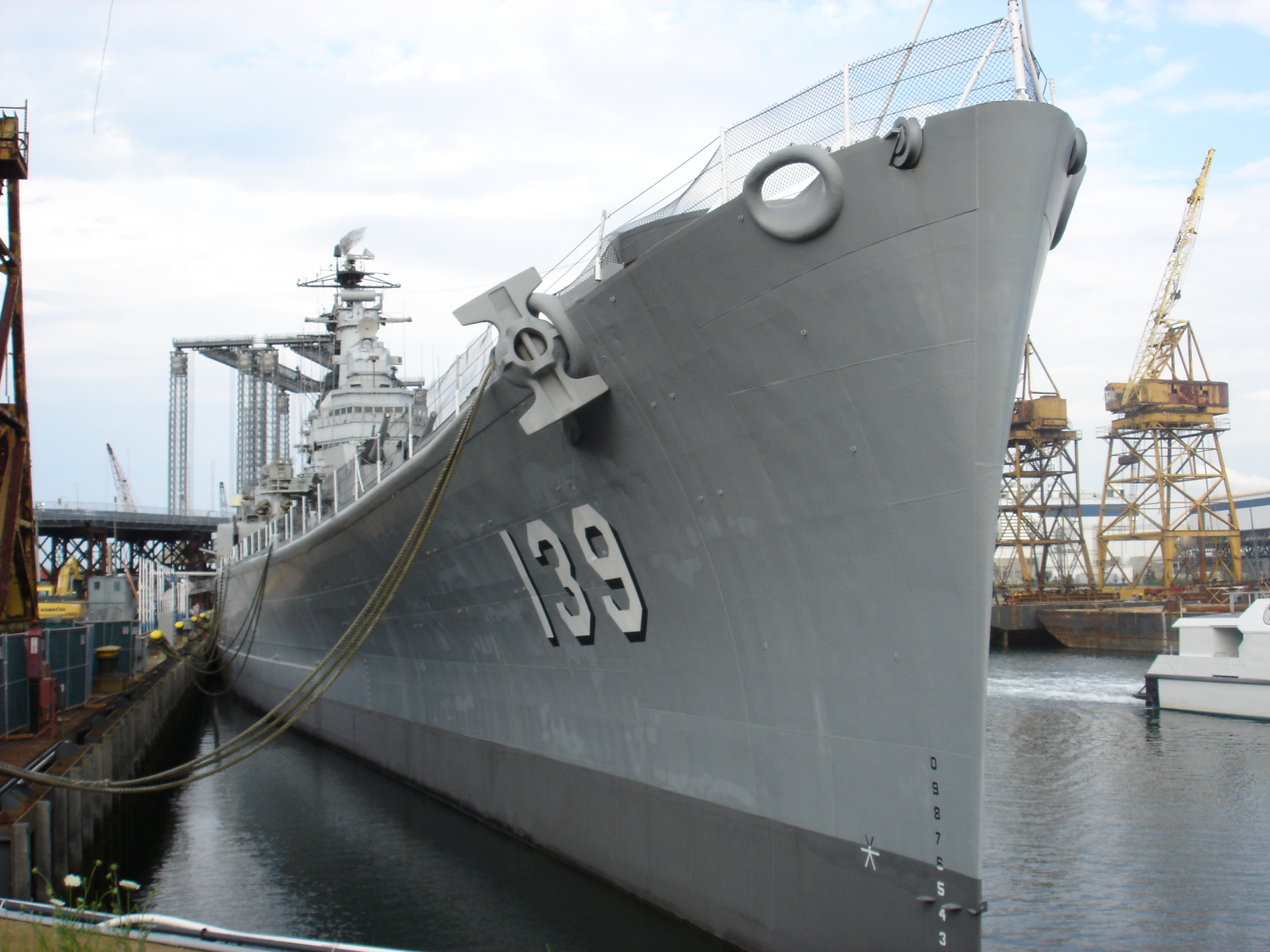|
Gulf Of Riga Campaign
The Gulf of Riga campaign was fought by the Soviet Navy against the Kriegsmarine during Operation Barbarossa in 1941. Background During World War I, the Gulf of Riga in the Baltic Sea played a strategical role in naval warfare and was target of the German offensive during the Battle of the Gulf of Riga and Operation Albion. During World War II, after the first weeks of quick German advance alongside the Baltic coast, the Soviet Navy begun operations to clear enemy mines, lay own defensive minefields and dispatching warships (including destroyers) into the Irben Straits to harass German naval shipping to supply their forces by sea. The Soviet Navy in the Baltic Sea at the time was under command of Admiral Vladimir F. Tributs. German commander of the Baltic operations was Hubert Schmundt; who, differently from the Soviets, could only commit lighter naval units including S-boats. June Operations Both sides laid extensive fields of mines in the Irben Straits: German ope ... [...More Info...] [...Related Items...] OR: [Wikipedia] [Google] [Baidu] |
Storozhevoy-class Destroyer
The ''Storozhevoy'' class were a group of 18 destroyers built for the Soviet Navy in the late 1930s that were officially known as Project 7U ( (Improved)). The design was finalised in 1936 after initial disappointments with the . The main changes were unit machinery (four boilers instead of three), a strengthened hull and reduced fuel capacity. The anti-aircraft guns were repositioned to improve firing arcs. The ships fought in World War II. Background and description Naval historians Yakubov and Worth state that the change to unit machinery was due to an incident when the British destroyer was stopped due to machinery damage by a mine during neutrality patrols in the Spanish Civil War. The incident was reported at a meeting where Joseph Stalin was present and he ordered that the ships be redesigned with unit machinery so that a ship could still move if one of the two boiler or engine rooms were incapacitated. This change in design saved following mine damage in 1941, but led ... [...More Info...] [...Related Items...] OR: [Wikipedia] [Google] [Baidu] |
Baltic Sea
The Baltic Sea is an arm of the Atlantic Ocean that is enclosed by Denmark, Estonia, Finland, Germany, Latvia, Lithuania, Poland, Russia, Sweden and the North and Central European Plain. The sea stretches from 53°N to 66°N latitude and from 10°E to 30°E longitude. A marginal sea of the Atlantic, with limited water exchange between the two water bodies, the Baltic Sea drains through the Danish Straits into the Kattegat by way of the Øresund, Great Belt and Little Belt. It includes the Gulf of Bothnia, the Bay of Bothnia, the Gulf of Finland, the Gulf of Riga and the Bay of Gdańsk. The "Baltic Proper" is bordered on its northern edge, at latitude 60°N, by Åland and the Gulf of Bothnia, on its northeastern edge by the Gulf of Finland, on its eastern edge by the Gulf of Riga, and in the west by the Swedish part of the southern Scandinavian Peninsula. The Baltic Sea is connected by artificial waterways to the White Sea via the White Sea–Baltic Canal and to ... [...More Info...] [...Related Items...] OR: [Wikipedia] [Google] [Baidu] |
Coastal Artillery
Coastal artillery is the branch of the armed forces concerned with operating anti-ship artillery or fixed gun batteries in coastal fortifications. From the Middle Ages until World War II, coastal artillery and naval artillery in the form of cannons were highly important to military affairs and generally represented the areas of highest technology and capital cost among materiel. The advent of 20th-century technologies, especially military aviation, naval aviation, jet aircraft, and guided missiles, reduced the primacy of cannons, battleships, and coastal artillery. In countries where coastal artillery has not been disbanded, these forces have acquired amphibious capabilities. In littoral warfare, mobile coastal artillery armed with surface-to-surface missiles can still be used to deny the use of sea lanes. It was long held as a rule of thumb that one shore-based gun equaled three naval guns of the same caliber, due to the steadiness of the coastal gun which allow ... [...More Info...] [...Related Items...] OR: [Wikipedia] [Google] [Baidu] |
Kampfgruppe 806
In military history, the German term (pl. ; abbrev. KG, or KGr in usage during World War II, literally "fighting group" or "battle group") can refer to a combat formation of any kind, but most usually to that employed by the of Nazi Germany and its allies during World War II and, to a lesser extent, of the German Empire in World War I. It also referred to bomber groups in ''Luftwaffe'' usage, which themselves consisted of three or four (squadrons), and usually (but not exclusively) existed within bomber wings of three or four per wing. Nature The ''Kampfgruppe'' was an ''ad hoc'' combined arms formation, usually employing a combination of tanks, infantry, and artillery (including anti-tank) elements, generally organised for a particular task or operation.While the word ''Kampfgruppe'' in German literally refers to any battle group, the modern usage in the English-speaking world is restricted to World War II. ''Kampfgruppen'' in World War I lacked the panzer componen ... [...More Info...] [...Related Items...] OR: [Wikipedia] [Google] [Baidu] |
Barge
Barge nowadays generally refers to a flat-bottomed inland waterway vessel which does not have its own means of mechanical propulsion. The first modern barges were pulled by tugs, but nowadays most are pushed by pusher boats, or other vessels. The term barge has a rich history, and therefore there are many other types of barges. History of the barge Etymology "Barge" is attested from 1300, from Old French ''barge'', from Vulgar Latin ''barga''. The word originally could refer to any small boat; the modern meaning arose around 1480. ''Bark'' "small ship" is attested from 1420, from Old French ''barque'', from Vulgar Latin ''barca'' (400 AD). The more precise meaning of Barque as "three-masted sailing vessel" arose in the 17th century, and often takes the French spelling for disambiguation. Both are probably derived from the Latin ''barica'', from Greek ''baris'' "Egyptian boat", from Coptic ''bari'' "small boat", hieroglyphic Egyptian D58-G29-M17-M17-D21-P1 and similar ' ... [...More Info...] [...Related Items...] OR: [Wikipedia] [Google] [Baidu] |
Patrol Boat
A patrol boat (also referred to as a patrol craft, patrol ship, or patrol vessel) is a relatively small naval vessel generally designed for coastal defence, border security, or law enforcement. There are many designs for patrol boats, and they generally range in size. They may be operated by a nation's navy, coast guard, police, or customs, and may be intended for marine (" blue water"), estuarine (" green water"), or river (" brown water") environments. Per their name, patrol boats are primarily used to patrol a country's exclusive economic zone (EEZ), but they may also be used in other roles, such as anti- smuggling, anti-piracy, fishery patrols, immigration law enforcement, or search and rescue. Depending on the size, organization, and capabilities of a nation's armed forces, the importance of patrol boats may range from minor support vessels that are part of a coast guard, to flagships that make up a majority of a navy's fleet. Their small size and relatively low cost ... [...More Info...] [...Related Items...] OR: [Wikipedia] [Google] [Baidu] |
MO-class Small Guard Ship
The MO (russian: Малый Охотник, ''Malyj Okhotnik''; en, Small Hunter, nickname ''Moshka'' (''Midge'') is a class of small ships produced before and during World War II for the Soviet Navy. Their primary function originally was anti-submarine warfare. During the war they carried out many additional roles from supporting landing operations to escorting convoys. Over 350 ships were built.Military Ships of Russia , p. 80 Background In early 1930s, the main focus of Soviet shipbuilding was building small patrol ships and boats with various duties. Among them, a large part consisted of submarine hunter boats. The MO class was the first Soviet built submarine hunter ship class, with the abbreviation meaning "Small Hunter". Unlike torpedo boats, MO boats had no torpedo weapons, but instead had depth charge launchers. Design history MO-1, MO-2 and MO-3 types The first ship of the class was a border patrol boat PK-139, which was given the class designation of MO-1 in 1935. T ... [...More Info...] [...Related Items...] OR: [Wikipedia] [Google] [Baidu] |
Scuttled
Scuttling is the deliberate sinking of a ship. Scuttling may be performed to dispose of an abandoned, old, or captured vessel; to prevent the vessel from becoming a navigation hazard; as an act of self-destruction to prevent the ship from being captured by an enemy force (or, in the case of a vessel engaged in illegal activities, by the authorities); as a blockship to restrict navigation through a channel or within a harbor; to provide an artificial reef for divers and marine life; or to alter the flow of rivers. Notable historical examples Skuldelev ships (around 1070) The Skuldelev ships, five Viking ships, were sunk to prevent attacks from the sea on the Danish city of Roskilde. The scuttling blocked a major waterway, redirecting ships to a smaller one that required considerable local knowledge. Cog near Kampen (early 15th century) In 2012, a cog preserved from the keel up to the decks in the silt was discovered alongside two smaller vessels in the river IJssel ... [...More Info...] [...Related Items...] OR: [Wikipedia] [Google] [Baidu] |
Bridge (nautical)
The interior of the bridge of the Sikuliaq'', docked in Ketchikan, Alaska file:Wheelhouse of Leao Dos Mares.jpg, Wheelhouse on a tugboat, topped with a flying bridge The bridge, also known as the pilothouse or wheelhouse, is a room or platform of a ship from which the ship can be commanded. When a ship is under way, the bridge is manned by an officer of the watch aided usually by an able seaman acting as a lookout. During critical maneuvers the captain will be on the bridge, often supported by an officer of the watch, an able seaman on the wheel and sometimes a pilot, if required. History and etymology The compass platform of a British destroyer in the Second_World_War.html" ;"title="Battle of the Atlantic during the Second World War">Battle of the Atlantic during the Second World War with central binnacle and the voice pipes to belowdecks There are many terms for parts of a ship with functions similar to a bridge. Depending upon the design and layout of a ship, some ... [...More Info...] [...Related Items...] OR: [Wikipedia] [Google] [Baidu] |
Bow (ship)
The bow () is the forward part of the hull of a ship or boat, the point that is usually most forward when the vessel is underway. The aft end of the boat is the stern. Prow may be used as a synonym for bow or it may mean the forward-most part of the bow above the waterline. Function A ship's bow should be designed to enable the hull to pass efficiently through the water. Bow shapes vary according to the speed of the boat, the seas or waterways being navigated, and the vessel's function. Where sea conditions are likely to promote pitching, it is useful if the bow provides reserve buoyancy; a flared bow (a raked stem with flared topsides) is ideal to reduce the amount of water shipped over the bow. Ideally, the bow should reduce the resistance and should be tall enough to prevent water from regularly washing over the top of it. Large commercial barges on inland waterways rarely meet big waves and may have remarkably little freeboard at the bow, whereas fast military ve ... [...More Info...] [...Related Items...] OR: [Wikipedia] [Google] [Baidu] |
German E-Boat S 204 Surrenders At Felixstowe On 13 May 1945
German(s) may refer to: * Germany (of or related to) **Germania (historical use) * Germans, citizens of Germany, people of German ancestry, or native speakers of the German language ** For citizens of Germany, see also German nationality law **Germanic peoples (Roman times) * German language **any of the Germanic languages * German cuisine, traditional foods of Germany People * German (given name) * German (surname) * Germán, a Spanish name Places * German (parish), Isle of Man * German, Albania, or Gërmej * German, Bulgaria * German, Iran * German, North Macedonia * German, New York, U.S. * Agios Germanos, Greece Other uses * German (mythology), a South Slavic mythological being * Germans (band), a Canadian rock band * "German" (song), a 2019 song by No Money Enterprise * ''The German'', a 2008 short film * "The Germans", an episode of ''Fawlty Towers'' * ''The German'', a nickname for Congolese rebel André Kisase Ngandu See also * Germanic (other) * Ger ... [...More Info...] [...Related Items...] OR: [Wikipedia] [Google] [Baidu] |
Sister Ship
A sister ship is a ship of the same class or of virtually identical design to another ship. Such vessels share a nearly identical hull and superstructure layout, similar size, and roughly comparable features and equipment. They often share a common naming theme, either being named after the same type of thing or person (places, constellations, heads of state) or with some kind of alliteration. Typically the ship class is named for the first ship of that class. Often, sisters become more differentiated during their service as their equipment (in the case of naval vessels, their armament) are separately altered. For instance, the U.S. warships , , , and are all sister ships, each being an . Perhaps the most famous sister ships were the White Star Line's s, consisting of , and . As with some other liners, the sisters worked as running mates. Other sister ships include the Royal Caribbean International's and . ''Half-sister'' refers to a ship of the same class but with som ... [...More Info...] [...Related Items...] OR: [Wikipedia] [Google] [Baidu] |










